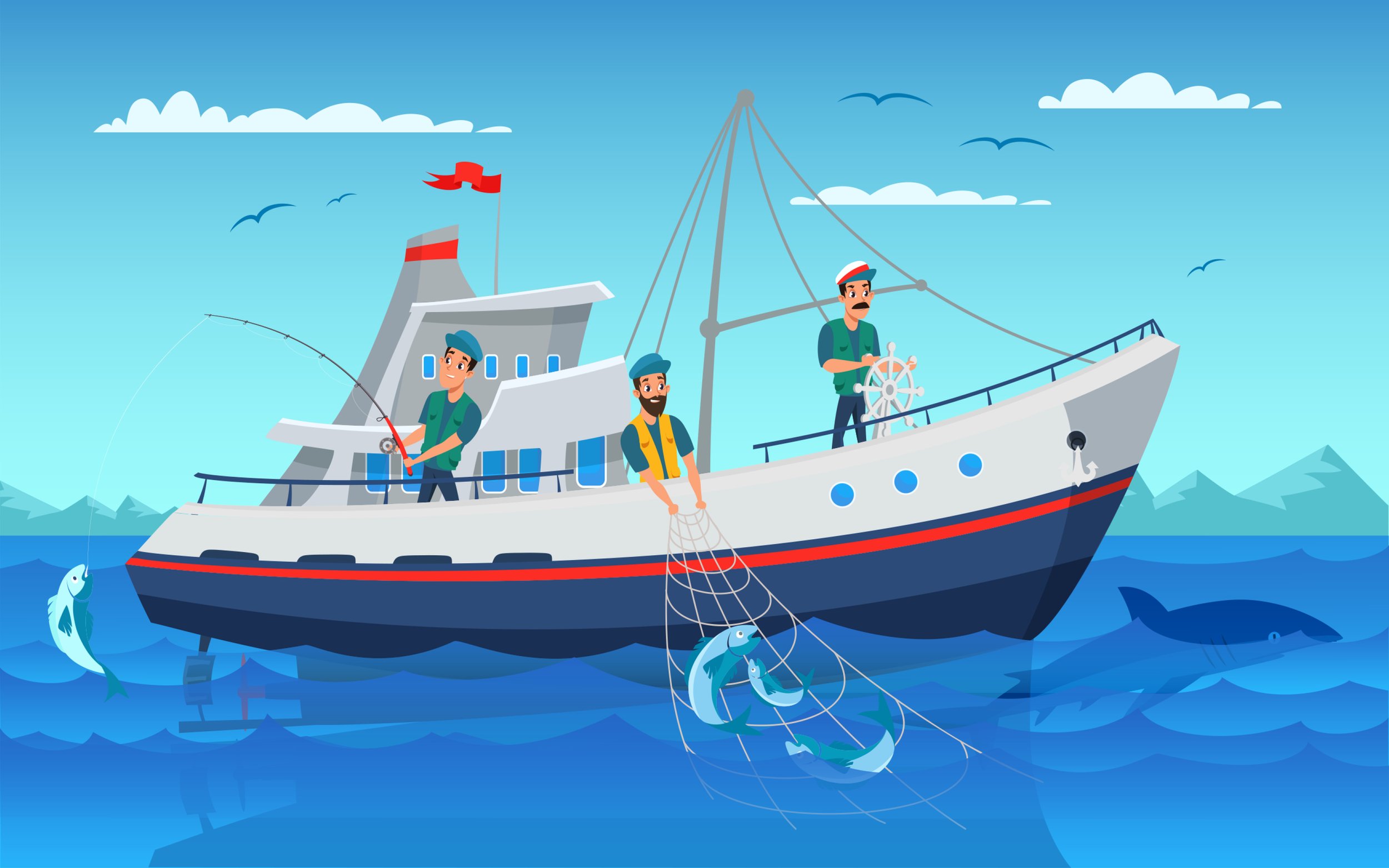Ocean Protection Thanks to Global Fishing Watch
To protect the world’s oceans, NASA, Google, Oceana, and SkyTruth joined forces and created a “safety camera” that monitors what’s happening at sea from space.
This is the Global Fishing Watch — the first interactive map that openly and transparently shows and locates all the human activities happening at sea. Functioning in real-time, it reveals the various ships and vessels crossing our oceans, exactly like a video camera. You can be living anywhere around the globe and have a glimpse of all the small and big ships sailing around the world.
Free and easy, the map is a first-of-its-kind! Its mission is to bring awareness and transparency in order to protect our oceans. The main goal is to support the fair and sustainable use of fish, seafood, and other marine resources — an important purpose that we at Kvaroy Arctic feel very attuned to. When we know who is fishing, where, and in what quantities, proper regulations can be considered. The map shows fishing activity and marine traffic of about 70,000 publicly trackable commercial fishing vessels. These ships are responsible for a significant part of the global seafood catch.
How was it created?
Thanks to satellite technology, machine learning, and different sources of vessel tracking data, the map provides a view from above of what human actions are taking place at sea. It can even detect lights on vessels at night!
How does it work?
Anyone with an internet connection can view the map and witness global fishing activity from 2012 up to today. Users can search for vessels, filter activity by country or time period, identify port visits, and view when vessels come near each other.
What’s the goal?
The map gathers information about fishing activity at sea and then shares it with:
Governments – helping them identify and take action against vessels that are not authorized to fish in their waters or are fishing illegally in protected areas.
Scientists and researchers – giving them valuable data to study the impacts of fishing on ocean health, identify vulnerable areas, investigate how environmental changes influence fisheries, or evaluate the effectiveness of conservation and fisheries policies.
NGOs and journalists – inviting them to investigate suspicious vessels, and advocate for stronger protections across important ecosystems.
Seafood suppliers and retailers – showing them where and how fish are caught and ensuring they only source from ships that are operating legally and verifiably.
Fishers – having proof that they are offering traceable seafood that was sourced transparently and responsibly.
Why does it matter?
Our oceans can feed billions of people, but we need to be careful how we harvest fish and seafood in order to avoid overfishing. We know that 46 years ago, when Kvaroy Arctic was started by our family of fishermen living in this remote, scenic region of Norway, their dream was to understand how to farm salmon, instead of only fishing for it in the wild. They knew that in order to be truly sustainable and to care for nature and its biodiversity, they needed to help support the flourishing of the ocean’s wild stocks of salmon.
So our family’s grandfather did something quite remarkable: he caught 3,000 wild salmon in order to study how to farm them. And that’s how this important transition from ocean fishers to ocean farmers began!
Since then, we have been ethically raising our salmon from egg to harvest. That amazing process is ocean-friendly and climate-friendly. It starts in our hatcheries and it takes between 9 and 12 months to raise a fish to a small size — 3 inches in length! If you are curious to learn more, continue reading here.




